This Week At Angama #53
6 February 2019 | This Week at Angama | Adam Bannister
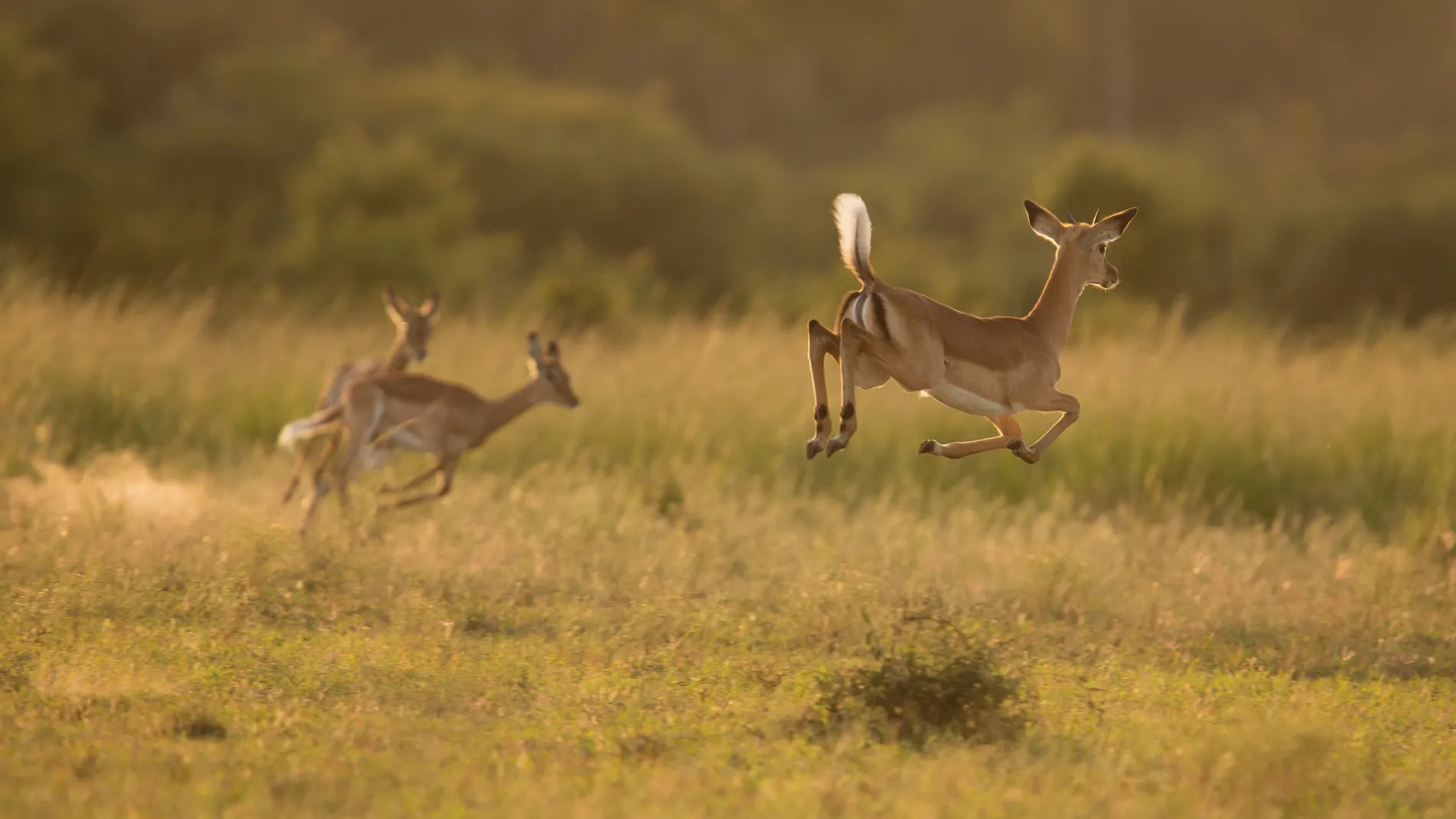
The mercury in the Maasai Mara is starting to rise. The rains have ceased and the oat grass is starting to turn the grasslands a lovely hue of red. As the seasons change, we are presented with new photographic opportunities. Now, more than ever, is the time to paint with light.
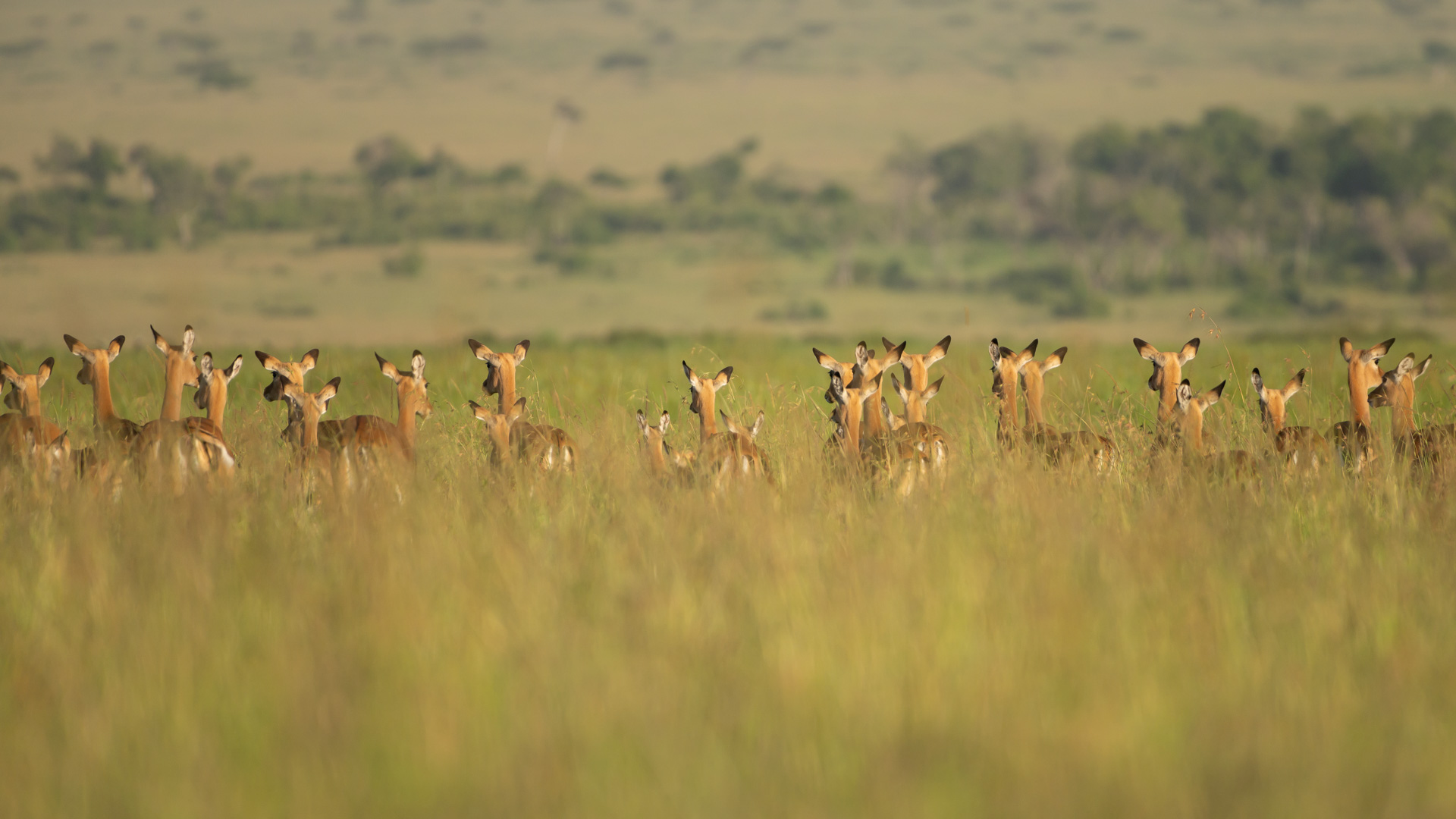
Visitors to any park in Africa never seem do justice to the impala. Perhaps because they are so abundant, people consider them a ‘worthless’ animal and simply drive on by. They may get a few courteous shots on Day One, but more than likely, that will be the last time they get any attention; unless they are being stalked by a predator and about to be eaten. Well that needs to change – they are gorgeous. [f 5.6, 1/1600, ISO 500]

I was astounded to see cars driving past this scene: perfect morning golden light and a small herd of young impala dancing. [f 4.0, 1/400, ISO 250]
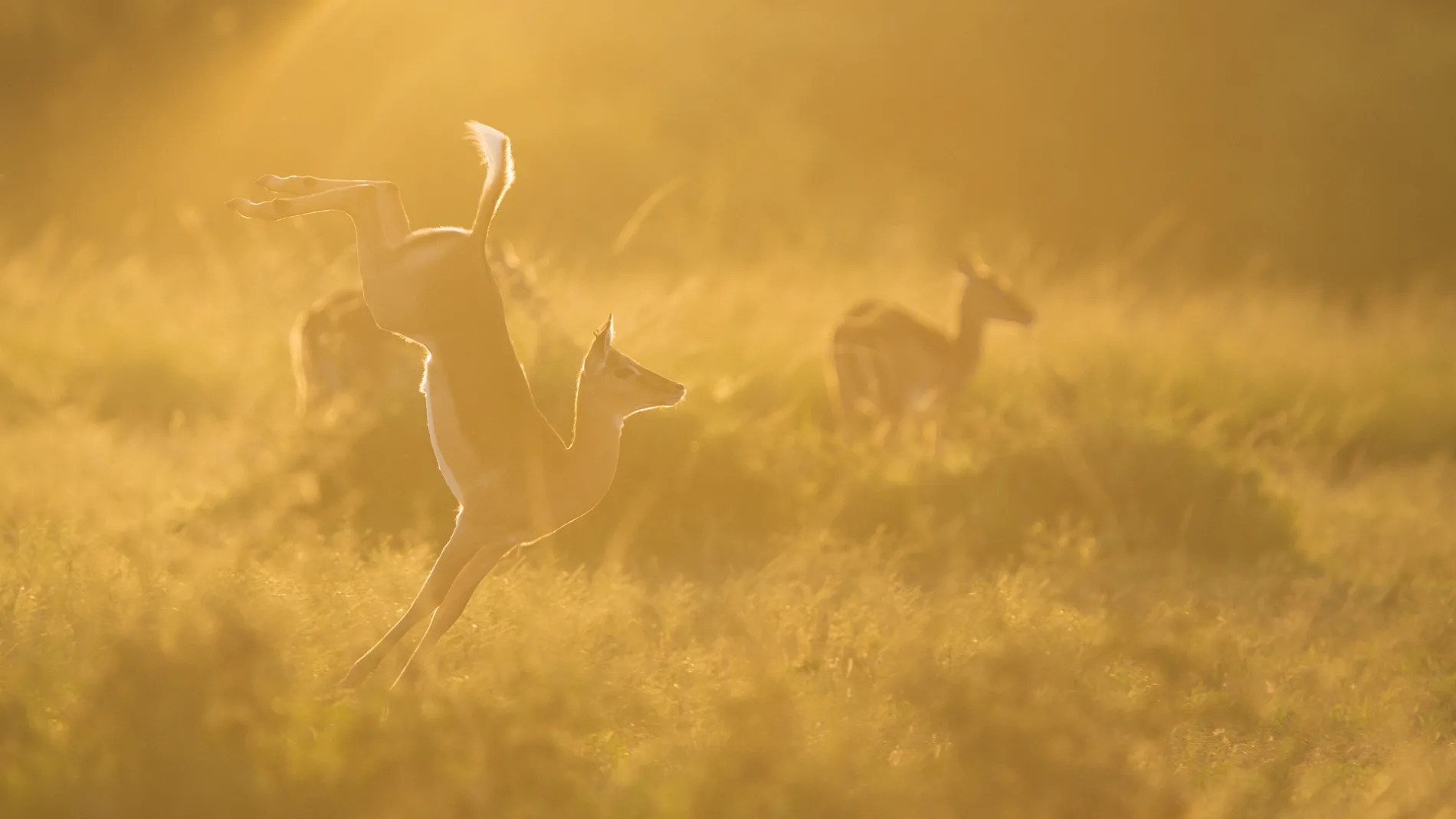
It was quite superb and photographically the highlight of the week for me. To see them leaping, prancing and pronking is a real treat. [f 4.0, 1/1000, ISO 250]

I am aware that the youngsters probably have testosterone coursing through their bodies and were probably doing it to show off and demonstrate growing dominance and confidence, but through my lens it looked like they were just having fun. And I prefer that version of the story. [f 4.0, 1/800, ISO 320]

The gentle giants of the Mara. How blessed we are to share this land with them. [f 5.6, 1/2500, ISO 250, -0.67]

I love this photograph of a hippo. It worked for two reasons: firstly, the extremely low angle and secondly, the slow shutter speed (1/30) which blurs the water making it appear completely flat, whilst radiating rich, warm colours. [f 5.6, 1/30, ISO 800, -0.67]
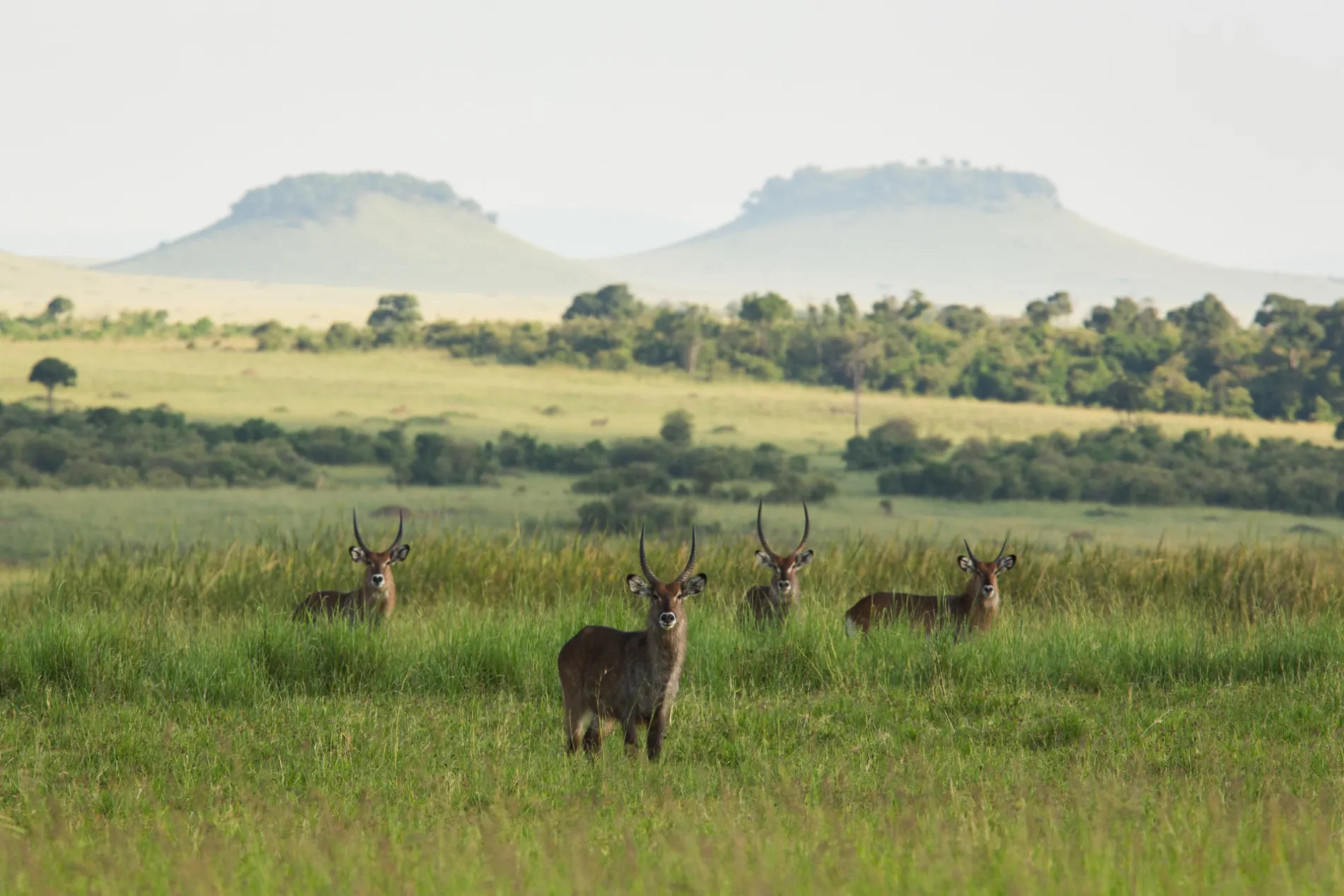
Everyone has their favourite view points in the Mara. This exact view is in my Top 10. I love how it has many of the characteristic elements of the Mara in one frame. The pronounced inselberg hills, the open clearings, the thickets and the swamps. It was a bonus that on this occasion, a group of male waterbuck were obliging models. The other thing I love about this spot is that I have never seen another vehicle here – I always seem to have it all to myself. [f 9.0, 1/250, ISO 500]
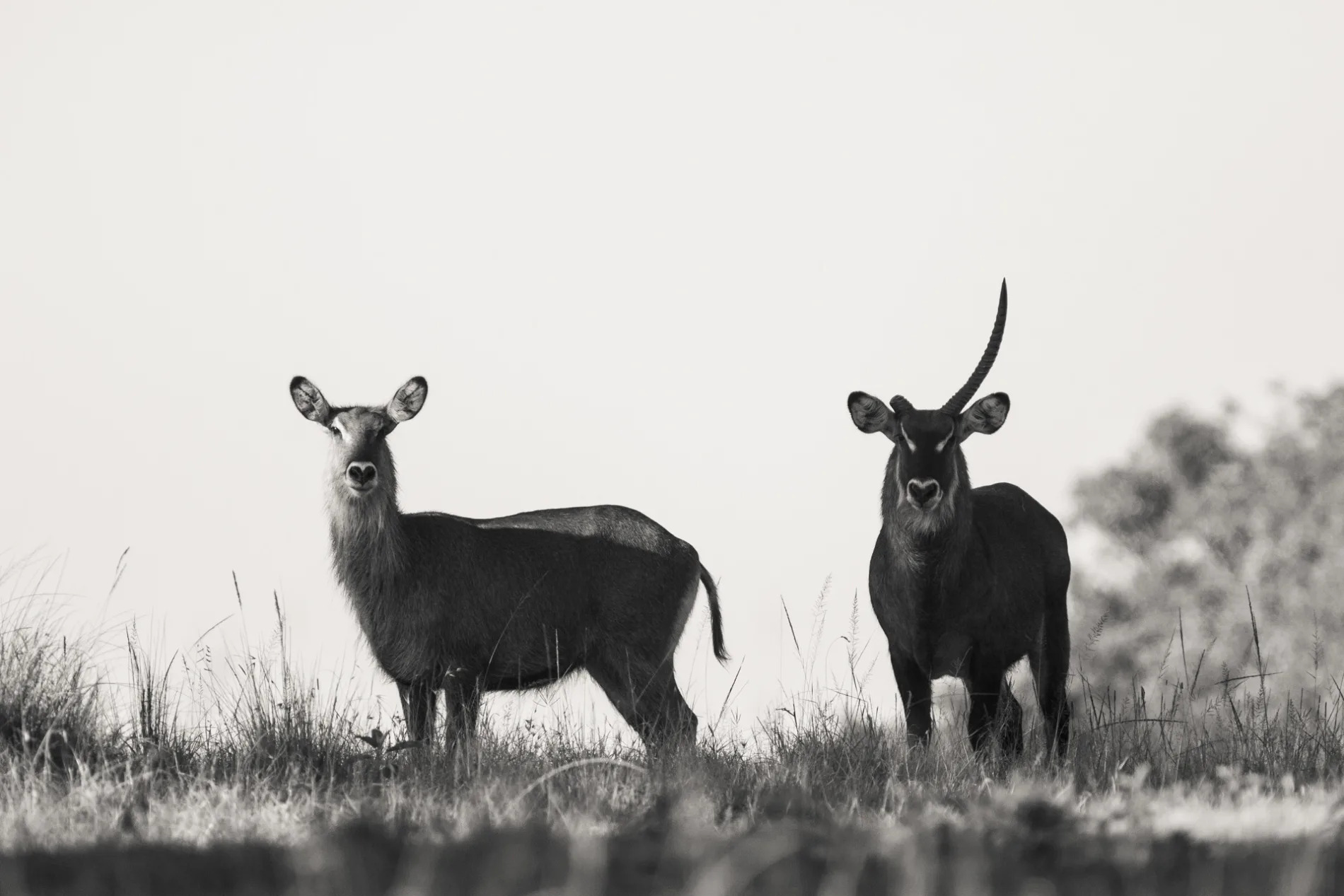
Do you believe in unicorns? [f 4.0, 1/8000, ISO 800]

A lioness from the Angama Pride radiates serenity. Something I love about this picture is not just the golden light and the lioness herself, but the fact that it has grass inflorescences and flowers. This provides a subtle clue as to the context and timing. [f 4.0, 1/400, ISO 500]

What a difference it makes moving the car forward just a few meters. Photography is about storytelling and painting with light. Use what Mother Nature provides. [f 4.0, 1/1250, ISO 320, +0.33]
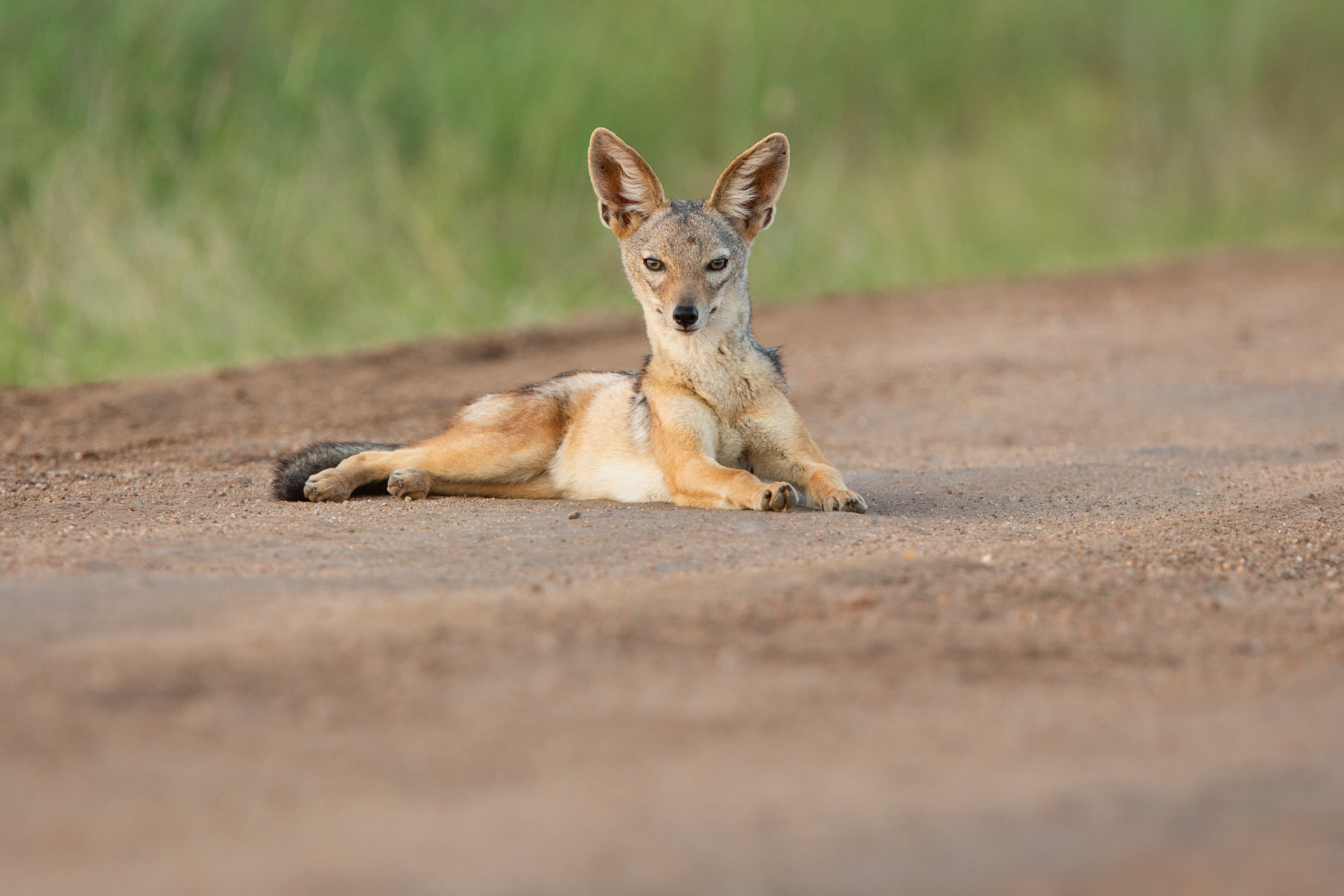
I know that last week I had two jackal photos, but how could I not include this one? The extreme low angle, the wide aperture and the blurred foreground pulls your eyes to meet those of the jackal. [f 5.0, 1/1320, ISO 500, +0.33]
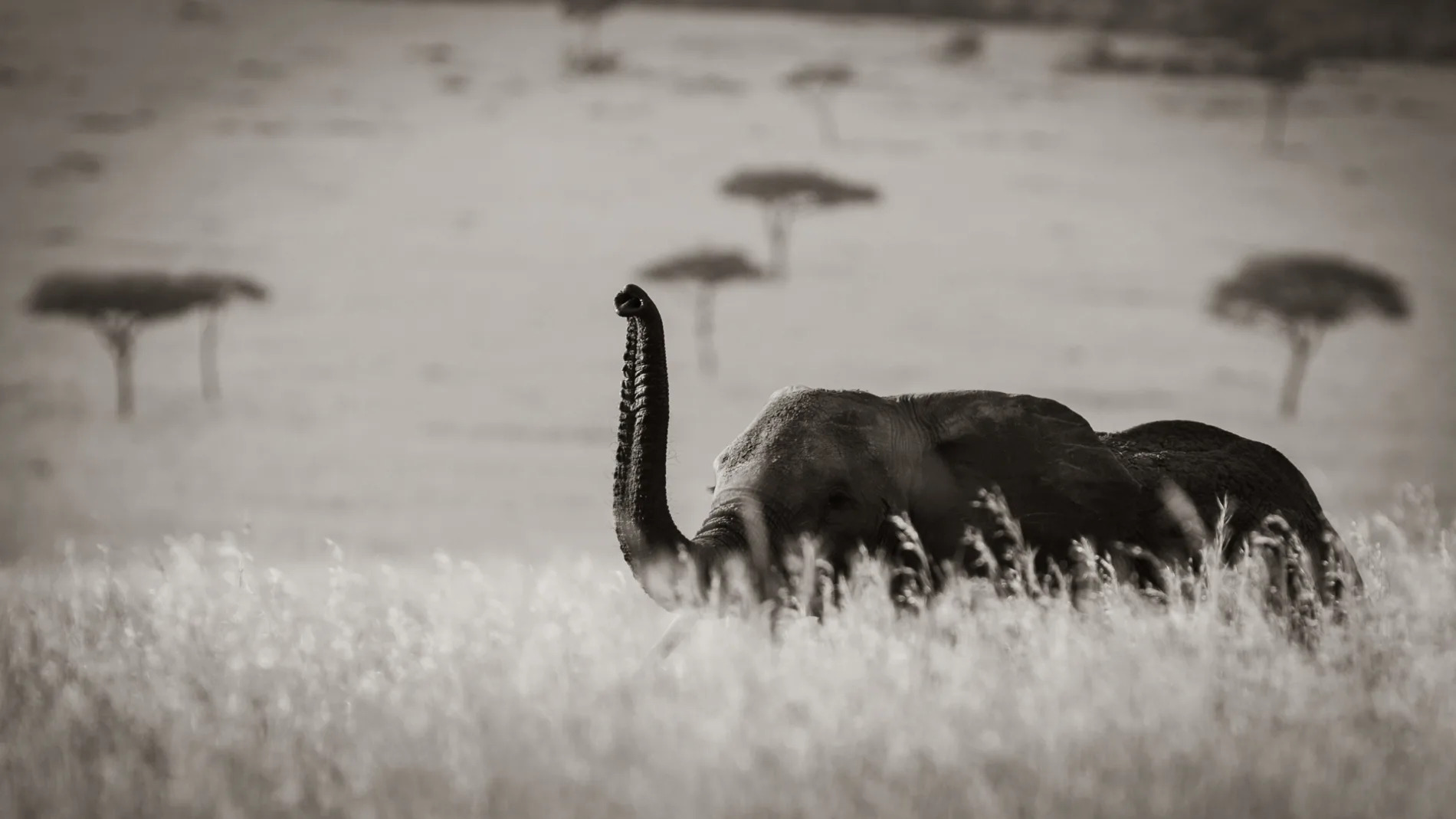
Trunks up! Playing around with a little sepia conversion to create a rather special image of an elephant trying to smell out the rest of his herd. [f 5.0, 1/800, ISO 320, +0.33]

Scratching away and always busy; a crowd favourite: the helmeted guineafowl. [f 9.0, 1/320, ISO 400]
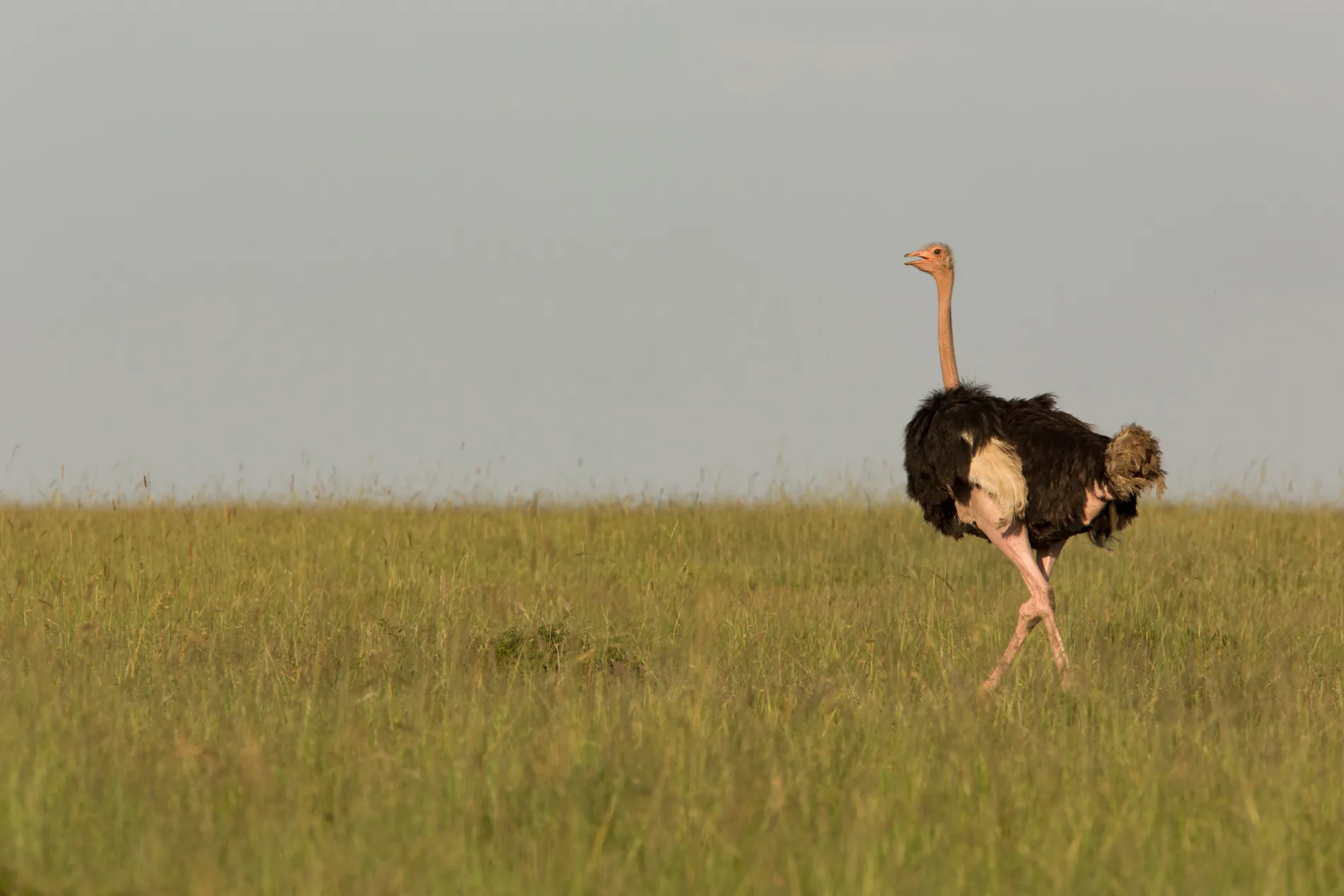
The ostriches are out in full force at the moment. A month ago you would see them in twos and threes – this week I had a group of 16 in a clearing. Here is just one of these massive birds. [f 9.0, 1/800, ISO 400]
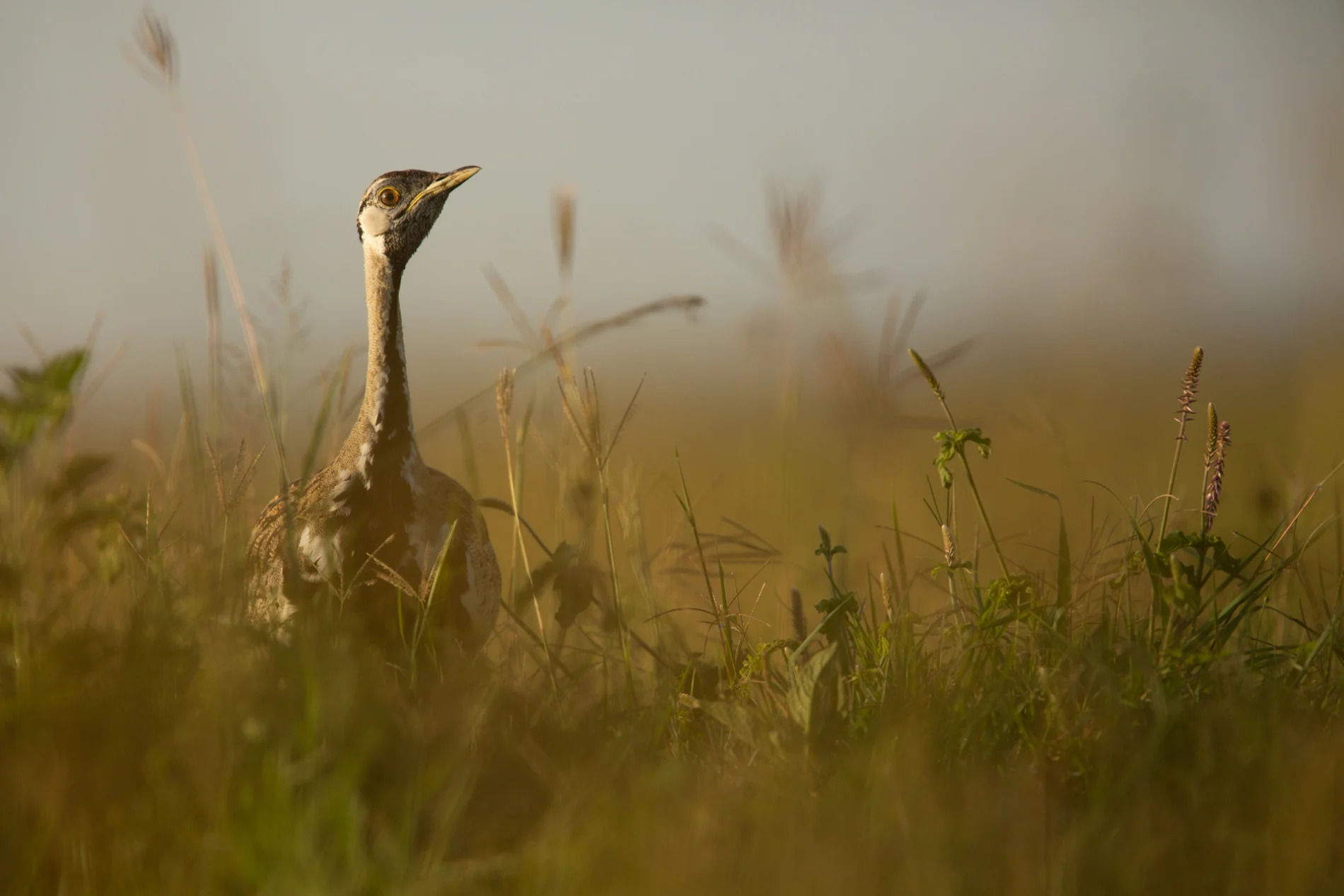
If you are going to live, work or even visit the Maasai Mara for an extended period of time, you are going to have to learn to love and embrace the comical black-bellied bustards. Their long, slender necks and their ridiculous call results in me spending a lot of time parked beside them. [f 4.0, 1/4000, ISO 400, -0.33]

A family of red-necked spurfowls enjoying the warmth of the morning sun. [f 5.6, 1/1600, ISO 400, -0.33]
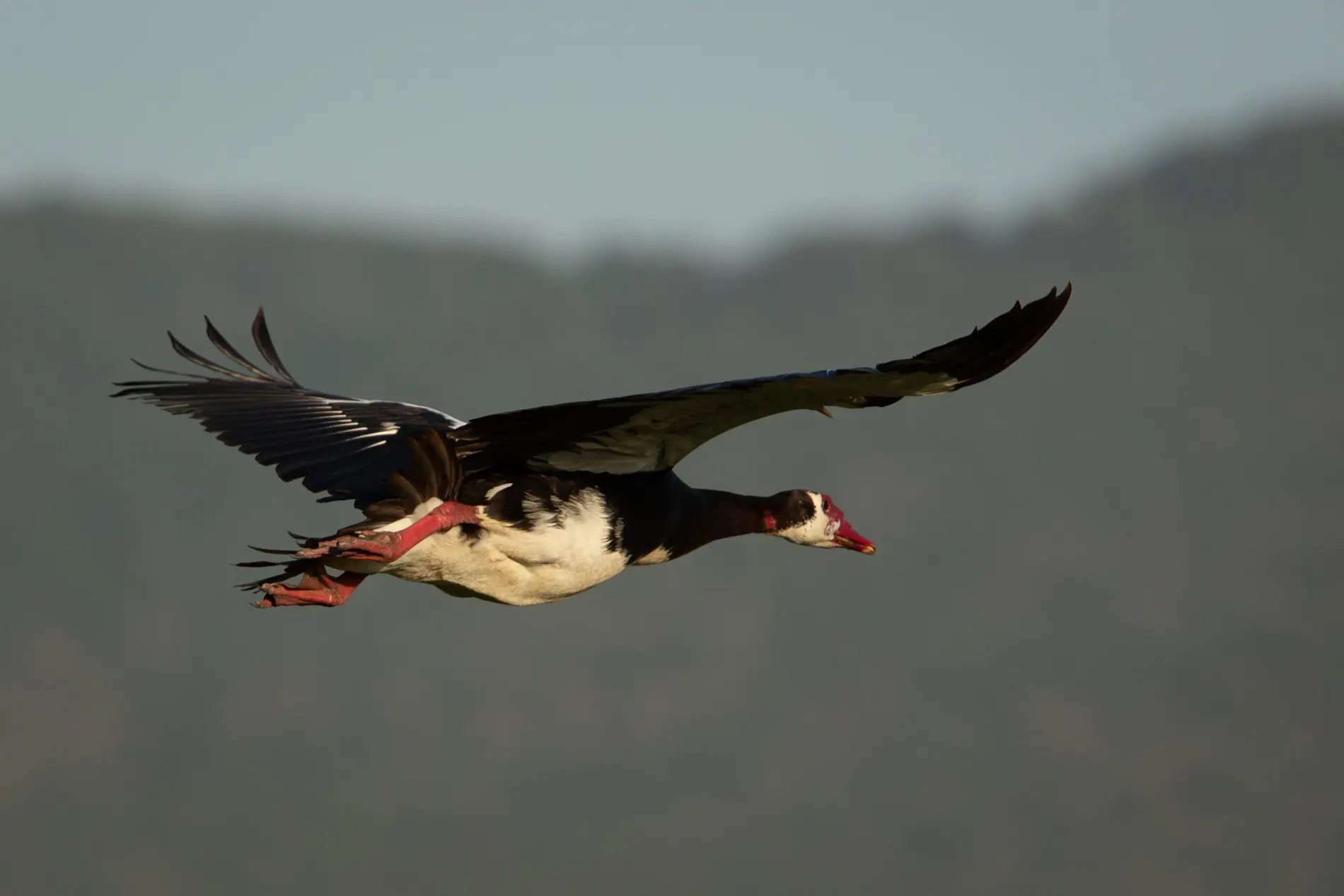
Sticking with the bird theme, I managed a brief snapshot of a very large spur-winged goose in flight. [f 5.6, 1/3200, ISO 400]

I have zoomed in here to show you the spur on the wing. You wouldn’t want to get into a fight with this mother goose. Now for a crazy fact – spur-winged goose flesh is toxic. They pick up toxins from eating blister beetles, so if you decided to make a meal of a spur-winged goose, it could be the last thing you ever do. [f 5.6, 1/3200, ISO 400, -0.33]
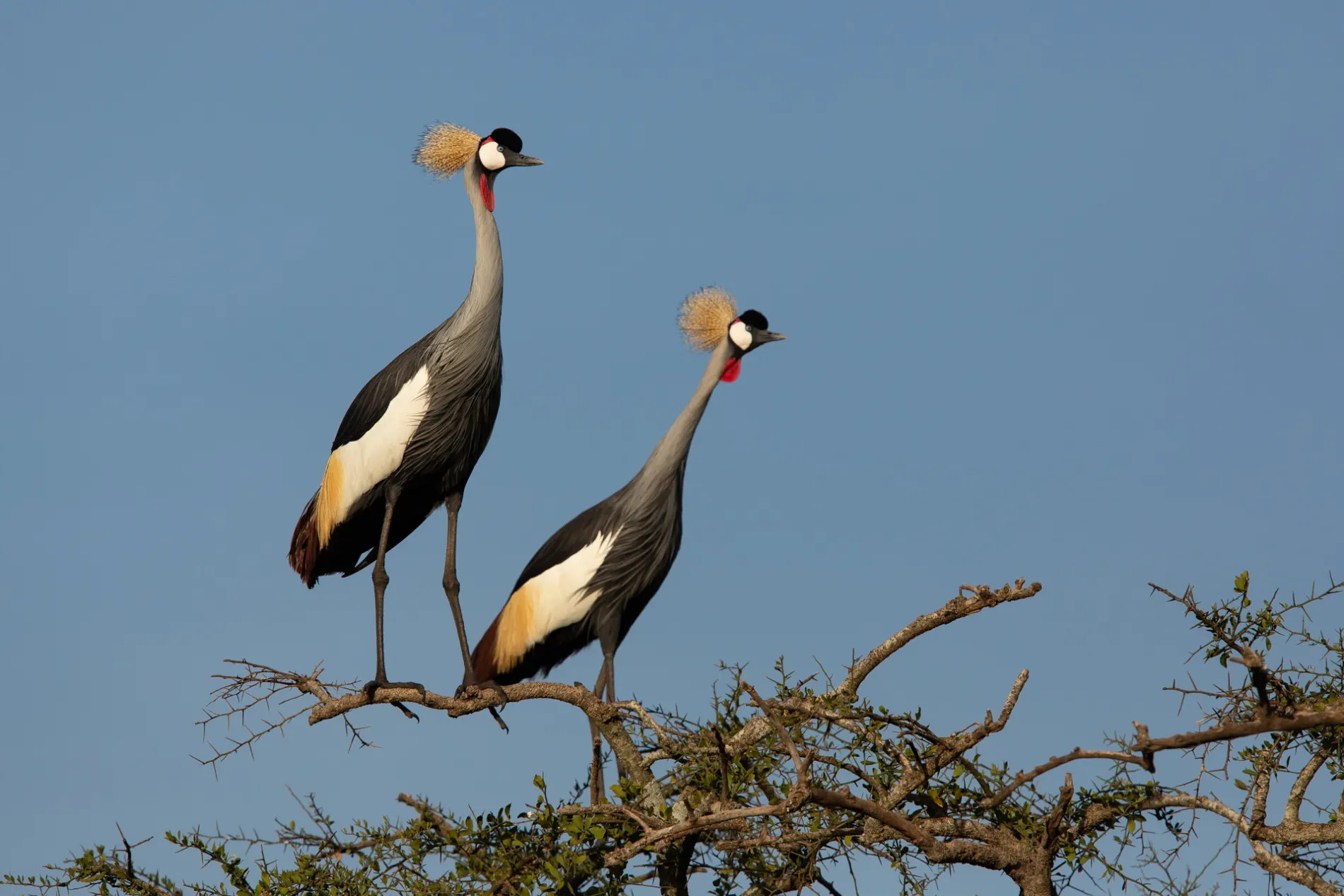
Many of the grey crowned cranes are paired up and sitting in the tops of trees. Love is in the air. As lovely as this shot is, I made a mistake when taking it – I always admit to my mistakes as I feel it helps in the learning curve. If you look closely you will see the front crane is perfectly in focus, but the back crane is ever so slightly soft. My aperture was too wide (f 5.6) and so this created a very shallow depth of field. My shutter speed was very fast – too fast. So, if I were to play this out again I would have shut down the aperture (much higher fnumber) and both birds would have been in focus. [f 5.6, 1/4000, ISO 400, -0.33]

However, as soon as the cranes took flight my wide open aperture and fast shutter speed was crucial in getting a sharp image. [f 5.6, 1/3200, ISO 400]
This Week A Year Ago
We have reached the rather remarkable point in this visual blog series where we can now start to look back at events a year ago. Digging through the archives we will start to rewind 52 weeks and pull out some of our favourite photographs and stories. One of the driving reasons behind the creation of this is that it will allow us to draw comparisons, monitor progress and dig deep into how magical it is to put roots into the ground and truly enjoy a place for a long time.
Rewinding the clock to TWAA #1 I couldn’t resist pulling out this photograph to draw comparisons with many of the photographs I took this week. 52 weeks ago, many of the grey crowned cranes had young chicks with them.
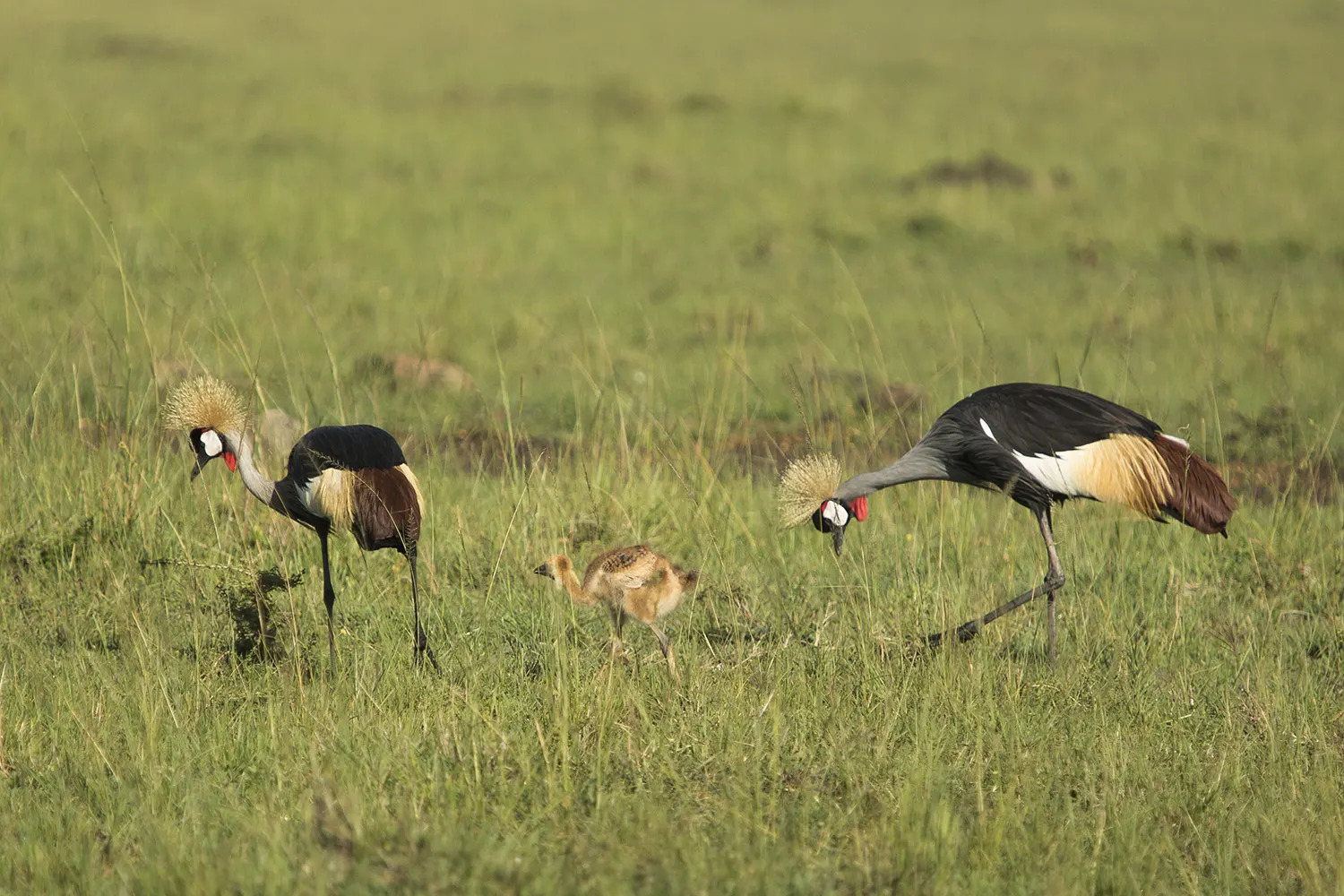
[f 4.0, 1/3200, ISO 400, +0.33]
In Kenya it is common practice for these birds to time their breeding with the rains. They nest most frequently during the drier periods. Last year January was significantly drier than this year. A very wet January left the earth soaked. It is incredible to see how the birds adapt, delaying their mating and breeding to coincide with more favourable nesting conditions. This is why this week I saw lots of crane couples dancing, feeding each other and courting. The rains have stopped, the soil is dry and now it’s time to breed.


